Introduction
Dividend Aristocrats are elite companies that have consistently increased their dividends for at least 25 consecutive years, making them highly attractive to long-term investors. Dividend investing is a strategy favored by those seeking stable income, portfolio resilience, and wealth accumulation through reinvested earnings. With market volatility and economic uncertainty always in play, many investors look to Dividend Aristocrats as a reliable way to generate passive income while benefiting from strong corporate fundamentals.
What Are Dividend Aristocrats?
Dividend Aristocrats are companies that have consistently increased their dividends for at least 25 consecutive years, demonstrating financial strength and stability. These elite firms are typically well-established, with strong cash flows and resilient business models that allow them to weather economic downturns while continuing to reward shareholders. Some well-known Dividend Aristocrats include Coca-Cola (KO), Procter & Gamble (PG), and Johnson & Johnson (JNJ)—companies that have maintained their reputation for steady dividend payouts over decades. Historically, Dividend Aristocrats have outperformed broader market indices in terms of total returns, offering investors a mix of growth, income, and lower volatility. Their reliability and consistency make them a popular choice for those seeking passive income or long-term wealth accumulation.
Benefits of Investing in Dividend Aristocrats
1. Stability & Consistency
Investing in Dividend Aristocrats offers unmatched stability and consistency, making them a reliable choice for long-term investors. These companies have a proven track record of financial strength, consistently generating robust earnings and cash flow to support annual dividend increases. Their ability to thrive through various economic cycles—even during recessions—makes them a preferred option for those seeking dependable returns. Unlike riskier growth stocks, Dividend Aristocrats are often blue-chip companies with well-established brands, providing investors with steady income while minimizing downside risk.
2. Passive Income & Compounding Growth
One of the biggest advantages of Dividend Aristocrats is their ability to provide passive income, allowing investors to earn regular cash flow without selling shares. By reinvesting dividends, investors can benefit from compound growth, where earnings are reinvested to purchase more shares, leading to exponential wealth accumulation over time. This strategy is particularly attractive for those focused on long-term financial security, retirement planning, or wealth-building. Many Dividend Aristocrats offer dividend reinvestment plans (DRIPs), making it easy for investors to reinvest dividends automatically and capitalize on compound growth without additional effort.
3. Hedge Against Market Volatility
Dividend Aristocrats tend to perform well even during market downturns, offering a hedge against volatility. Historically, dividend-paying stocks have outperformed non-dividend-paying stocks during economic uncertainties, as investors flock to stable income-producing assets. These companies often have strong balance sheets, allowing them to sustain dividend payments even when markets are turbulent. Additionally, the predictable income stream helps reduce portfolio fluctuations, providing investors with reassurance and financial stability during periods of uncertainty. For those looking to build a defensive portfolio, Dividend Aristocrats serve as a strategic shield against market turbulence while still offering growth potential.
Potential Downsides to Consider
1. Slower Capital Appreciation
While Dividend Aristocrats provide reliable income, they typically experience slower capital appreciation compared to high-growth stocks. Investors focused on maximizing portfolio growth may find that dividend-paying companies lag behind rapidly expanding tech or innovation-driven stocks. Choosing dividend investing over growth investing means prioritizing stability over aggressive gains, which could result in opportunity costs. Those seeking explosive returns may need to balance Dividend Aristocrats with higher-growth assets to optimize total performance.
2. Interest Rate Sensitivity
Dividend Aristocrats can be negatively impacted by rising interest rates, making them sensitive to changes in monetary policy. As interest rates climb, fixed-income investments such as bonds become more attractive, potentially reducing demand for dividend-paying stocks. Additionally, higher rates can pressure dividend yields, leading to fluctuations in stock prices. Investors should monitor economic trends and consider diversification strategies to mitigate potential interest rate risks when holding dividend-focused portfolios.
3. Industry Concentration Risks
Most Dividend Aristocrats belong to specific sectors, such as consumer staples, healthcare, and industrials, which can create industry concentration risks. This bias may lead to lower exposure to fast-growing industries like technology, where dividend payments are less common. Relying solely on Dividend Aristocrats could limit portfolio diversification and leave investors vulnerable to sector-specific downturns. To balance this risk, investors should assess their holdings and consider incorporating non-dividend growth stocks for a well-rounded investment strategy.
How to Invest in Dividend Aristocrats
Investors can approach Dividend Aristocrats in two main ways: individual stock selection or Exchange-Traded Funds (ETFs). Selecting individual stocks allows for greater control over portfolio composition, but requires thorough research into key metrics such as payout ratio, dividend yield, and earnings growth. The payout ratio helps determine dividend sustainability, while dividend yield shows return potential. Alternatively, Dividend Aristocrat ETFs, like the ProShares S&P 500 Dividend Aristocrats ETF (NOBL), offer diversification and convenience, making them a hassle-free choice for passive investors. A successful long-term strategy includes reinvesting dividends, maintaining a diversified portfolio, and focusing on companies with consistent earnings growth to maximize returns.
Conclusion
Investing in Dividend Aristocrats presents a compelling opportunity for investors seeking stability, passive income, and a hedge against volatility. These companies offer reliable dividends and portfolio resilience, but may lag behind high-growth stocks in capital appreciation. Additionally, interest rate sensitivity and industry concentration are factors to consider before committing to a dividend-focused strategy.
Final Thoughts: Is It Worth It for You?
Dividend Aristocrats are ideal for income-focused and long-term investors who prioritize wealth preservation and passive income. If you're looking for steady returns rather than aggressive growth, investing in Dividend Aristocrats may be an excellent strategy. However, for those seeking rapid portfolio expansion, balancing these stocks with growth-oriented assets can be a smarter move. Ultimately, the decision depends on your investment goals and risk tolerance.
🚀 The Ultimate Dividend Investing Hub 💰
Looking to build wealth through dividends? 📈 Explore these expert insights:
🏆 Top Dividend Stocks & Investing Strategies
💰 Dividend Aristocrats & High-Yield Kings
📊 Dividend Funds & Passive Income Moves
🔗 Bookmark this guide & start stacking dividends today! 🚀💸
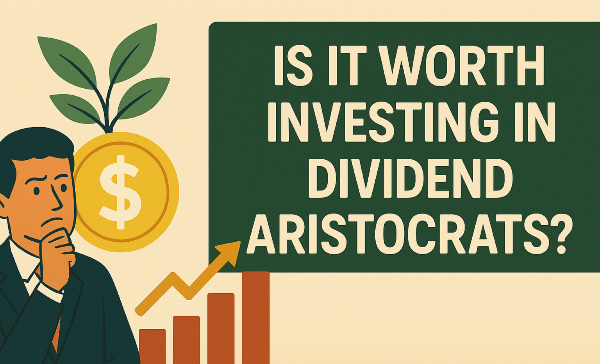

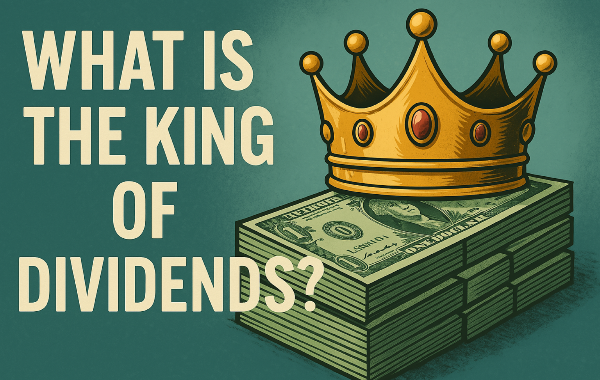
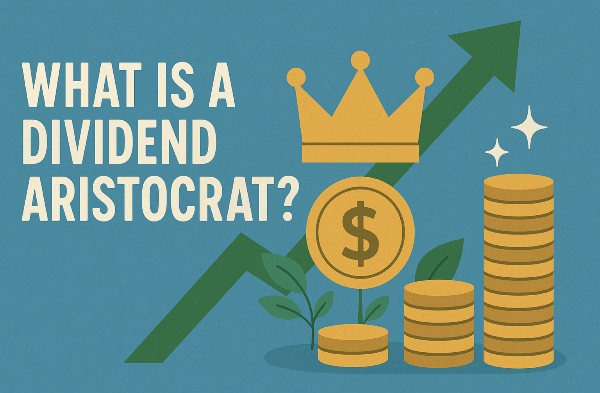
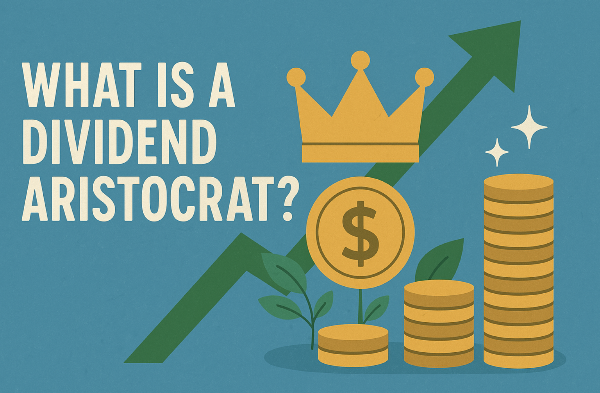

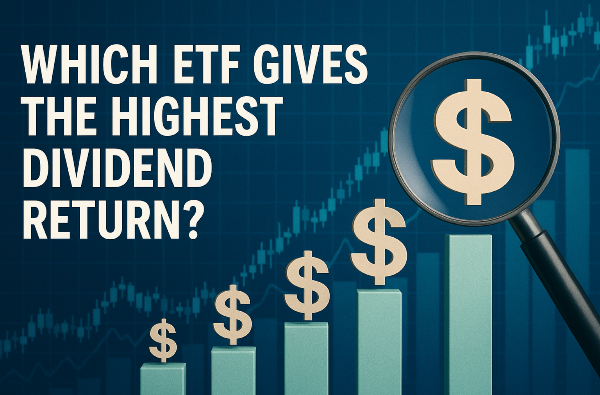


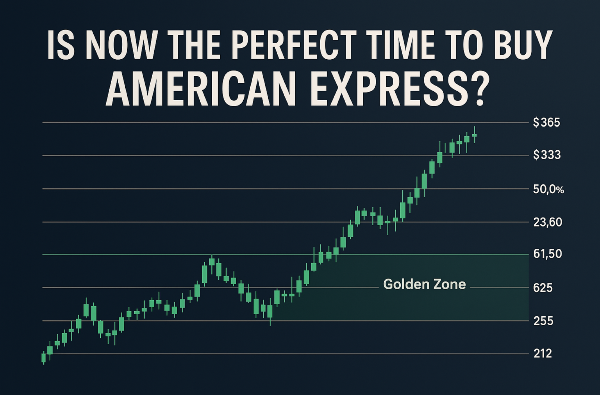


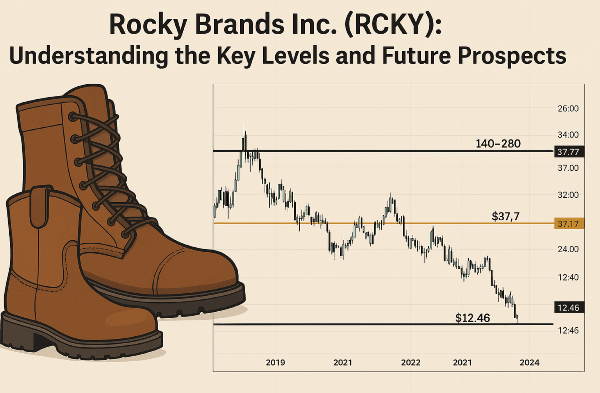


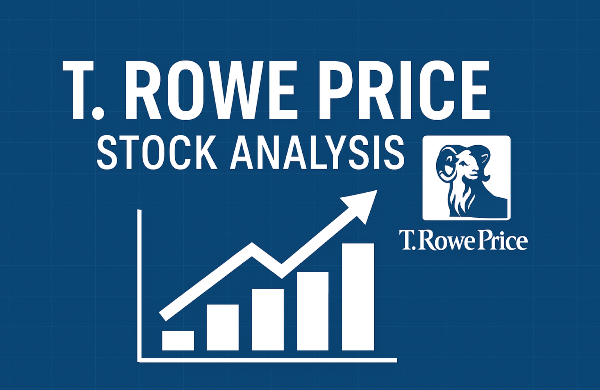



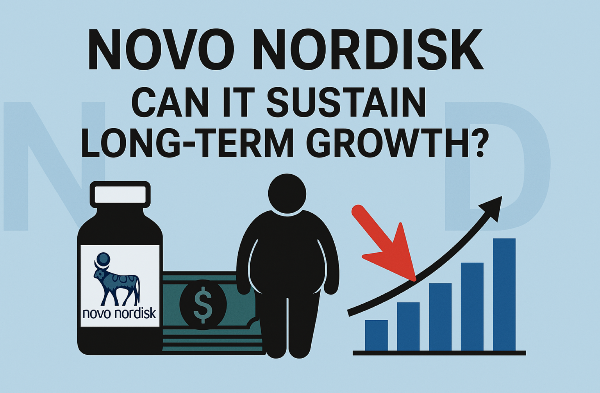










Introduction
Dividend Aristocrats are elite companies that have consistently increased their dividends for at least 25 consecutive years, making them highly attractive to long-term investors. Dividend investing is a strategy favored by those seeking stable income, portfolio resilience, and wealth accumulation through reinvested earnings. With market volatility and economic uncertainty always in play, many investors look to Dividend Aristocrats as a reliable way to generate passive income while benefiting from strong corporate fundamentals.
What Are Dividend Aristocrats?
Dividend Aristocrats are companies that have consistently increased their dividends for at least 25 consecutive years, demonstrating financial strength and stability. These elite firms are typically well-established, with strong cash flows and resilient business models that allow them to weather economic downturns while continuing to reward shareholders. Some well-known Dividend Aristocrats include Coca-Cola (KO), Procter & Gamble (PG), and Johnson & Johnson (JNJ)—companies that have maintained their reputation for steady dividend payouts over decades. Historically, Dividend Aristocrats have outperformed broader market indices in terms of total returns, offering investors a mix of growth, income, and lower volatility. Their reliability and consistency make them a popular choice for those seeking passive income or long-term wealth accumulation.
Benefits of Investing in Dividend Aristocrats
1. Stability & Consistency
Investing in Dividend Aristocrats offers unmatched stability and consistency, making them a reliable choice for long-term investors. These companies have a proven track record of financial strength, consistently generating robust earnings and cash flow to support annual dividend increases. Their ability to thrive through various economic cycles—even during recessions—makes them a preferred option for those seeking dependable returns. Unlike riskier growth stocks, Dividend Aristocrats are often blue-chip companies with well-established brands, providing investors with steady income while minimizing downside risk.
2. Passive Income & Compounding Growth
One of the biggest advantages of Dividend Aristocrats is their ability to provide passive income, allowing investors to earn regular cash flow without selling shares. By reinvesting dividends, investors can benefit from compound growth, where earnings are reinvested to purchase more shares, leading to exponential wealth accumulation over time. This strategy is particularly attractive for those focused on long-term financial security, retirement planning, or wealth-building. Many Dividend Aristocrats offer dividend reinvestment plans (DRIPs), making it easy for investors to reinvest dividends automatically and capitalize on compound growth without additional effort.
3. Hedge Against Market Volatility
Dividend Aristocrats tend to perform well even during market downturns, offering a hedge against volatility. Historically, dividend-paying stocks have outperformed non-dividend-paying stocks during economic uncertainties, as investors flock to stable income-producing assets. These companies often have strong balance sheets, allowing them to sustain dividend payments even when markets are turbulent. Additionally, the predictable income stream helps reduce portfolio fluctuations, providing investors with reassurance and financial stability during periods of uncertainty. For those looking to build a defensive portfolio, Dividend Aristocrats serve as a strategic shield against market turbulence while still offering growth potential.
Potential Downsides to Consider
1. Slower Capital Appreciation
While Dividend Aristocrats provide reliable income, they typically experience slower capital appreciation compared to high-growth stocks. Investors focused on maximizing portfolio growth may find that dividend-paying companies lag behind rapidly expanding tech or innovation-driven stocks. Choosing dividend investing over growth investing means prioritizing stability over aggressive gains, which could result in opportunity costs. Those seeking explosive returns may need to balance Dividend Aristocrats with higher-growth assets to optimize total performance.
2. Interest Rate Sensitivity
Dividend Aristocrats can be negatively impacted by rising interest rates, making them sensitive to changes in monetary policy. As interest rates climb, fixed-income investments such as bonds become more attractive, potentially reducing demand for dividend-paying stocks. Additionally, higher rates can pressure dividend yields, leading to fluctuations in stock prices. Investors should monitor economic trends and consider diversification strategies to mitigate potential interest rate risks when holding dividend-focused portfolios.
3. Industry Concentration Risks
Most Dividend Aristocrats belong to specific sectors, such as consumer staples, healthcare, and industrials, which can create industry concentration risks. This bias may lead to lower exposure to fast-growing industries like technology, where dividend payments are less common. Relying solely on Dividend Aristocrats could limit portfolio diversification and leave investors vulnerable to sector-specific downturns. To balance this risk, investors should assess their holdings and consider incorporating non-dividend growth stocks for a well-rounded investment strategy.
How to Invest in Dividend Aristocrats
Investors can approach Dividend Aristocrats in two main ways: individual stock selection or Exchange-Traded Funds (ETFs). Selecting individual stocks allows for greater control over portfolio composition, but requires thorough research into key metrics such as payout ratio, dividend yield, and earnings growth. The payout ratio helps determine dividend sustainability, while dividend yield shows return potential. Alternatively, Dividend Aristocrat ETFs, like the ProShares S&P 500 Dividend Aristocrats ETF (NOBL), offer diversification and convenience, making them a hassle-free choice for passive investors. A successful long-term strategy includes reinvesting dividends, maintaining a diversified portfolio, and focusing on companies with consistent earnings growth to maximize returns.
Conclusion
Investing in Dividend Aristocrats presents a compelling opportunity for investors seeking stability, passive income, and a hedge against volatility. These companies offer reliable dividends and portfolio resilience, but may lag behind high-growth stocks in capital appreciation. Additionally, interest rate sensitivity and industry concentration are factors to consider before committing to a dividend-focused strategy.
Final Thoughts: Is It Worth It for You?
Dividend Aristocrats are ideal for income-focused and long-term investors who prioritize wealth preservation and passive income. If you're looking for steady returns rather than aggressive growth, investing in Dividend Aristocrats may be an excellent strategy. However, for those seeking rapid portfolio expansion, balancing these stocks with growth-oriented assets can be a smarter move. Ultimately, the decision depends on your investment goals and risk tolerance.
🚀 The Ultimate Dividend Investing Hub 💰
Looking to build wealth through dividends? 📈 Explore these expert insights:
🏆 Top Dividend Stocks & Investing Strategies
💰 Dividend Aristocrats & High-Yield Kings
📊 Dividend Funds & Passive Income Moves
🔗 Bookmark this guide & start stacking dividends today! 🚀💸